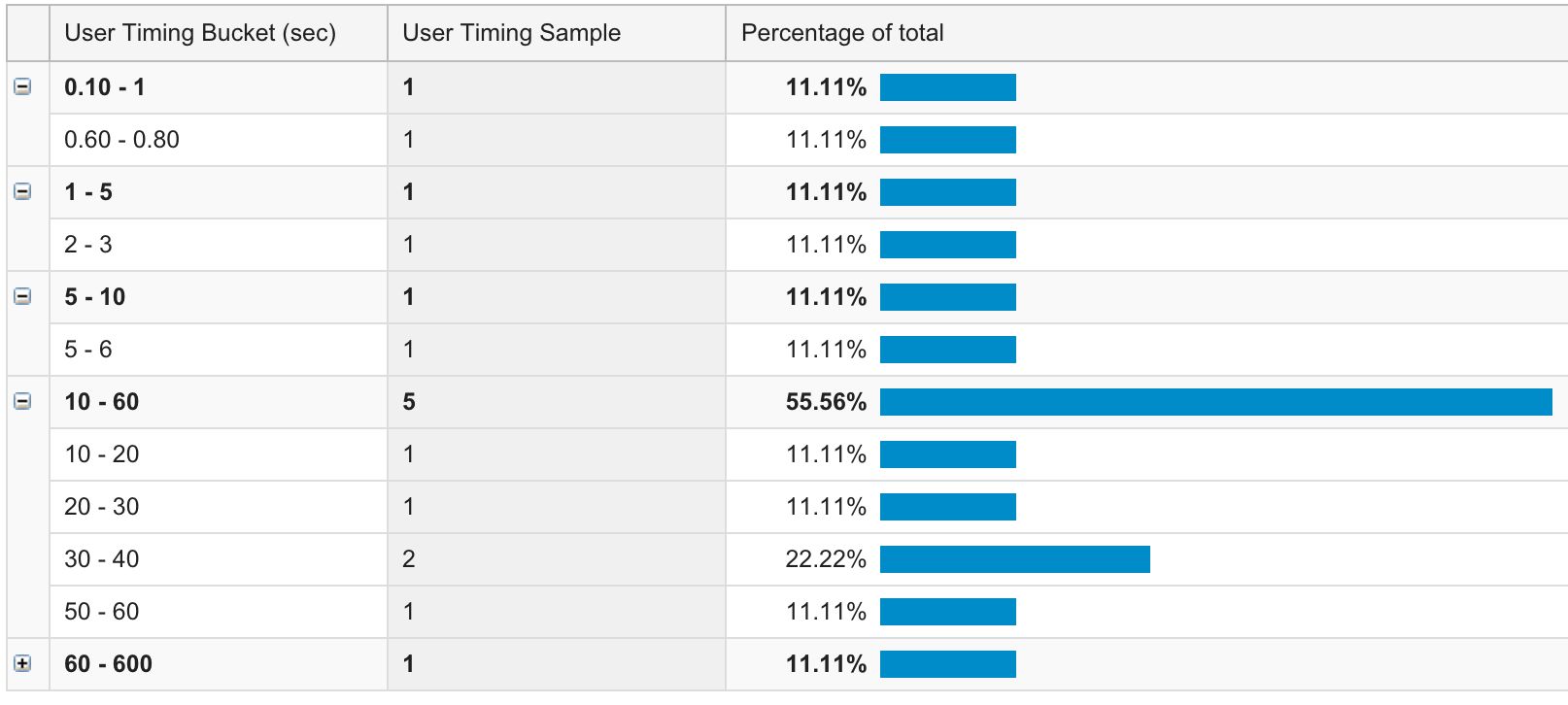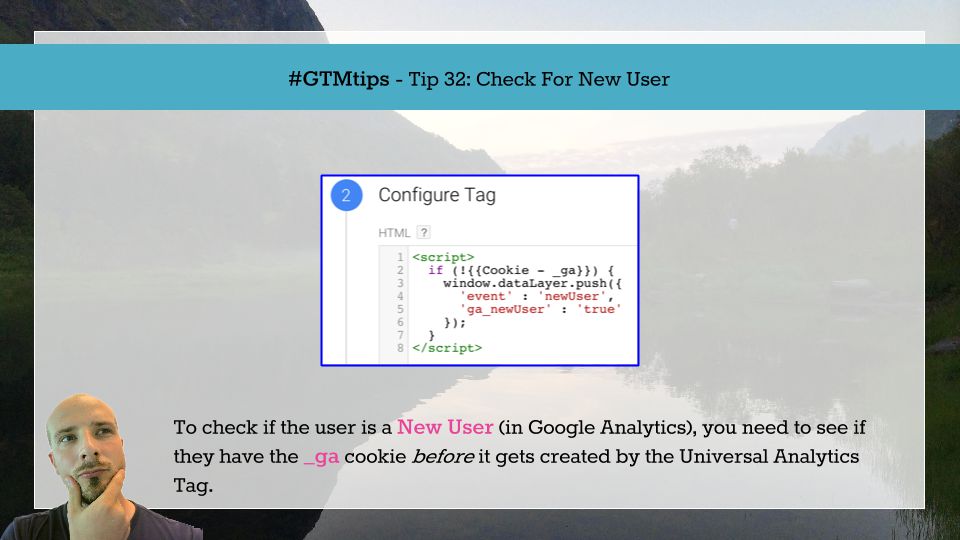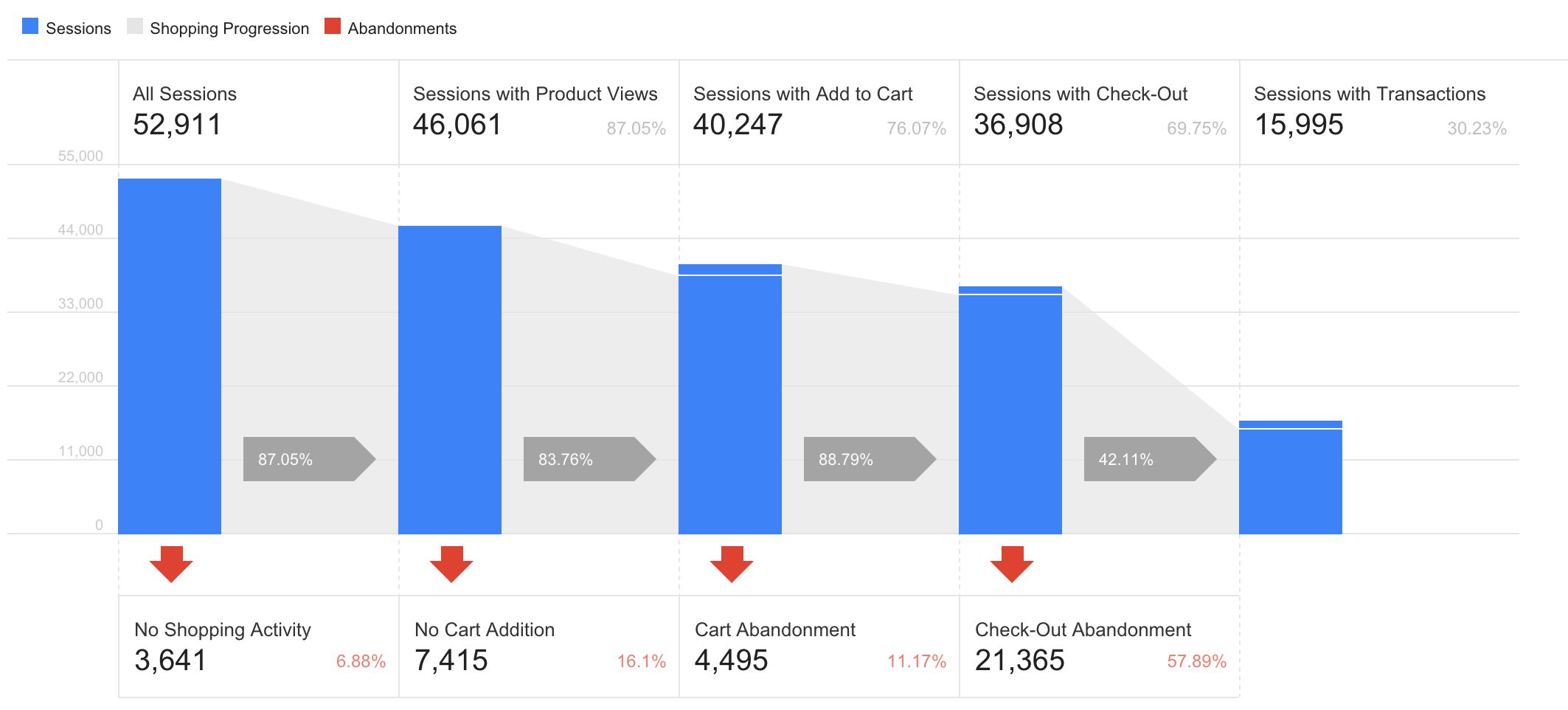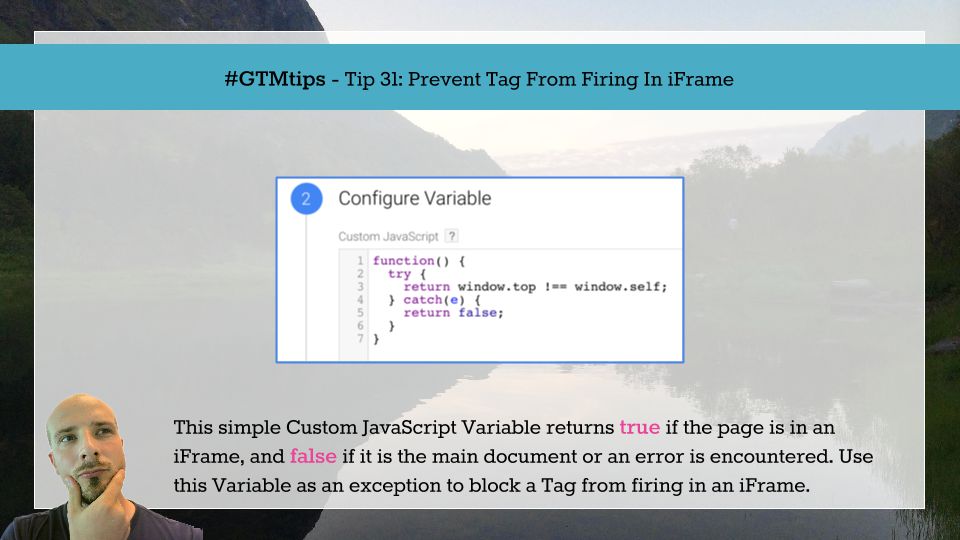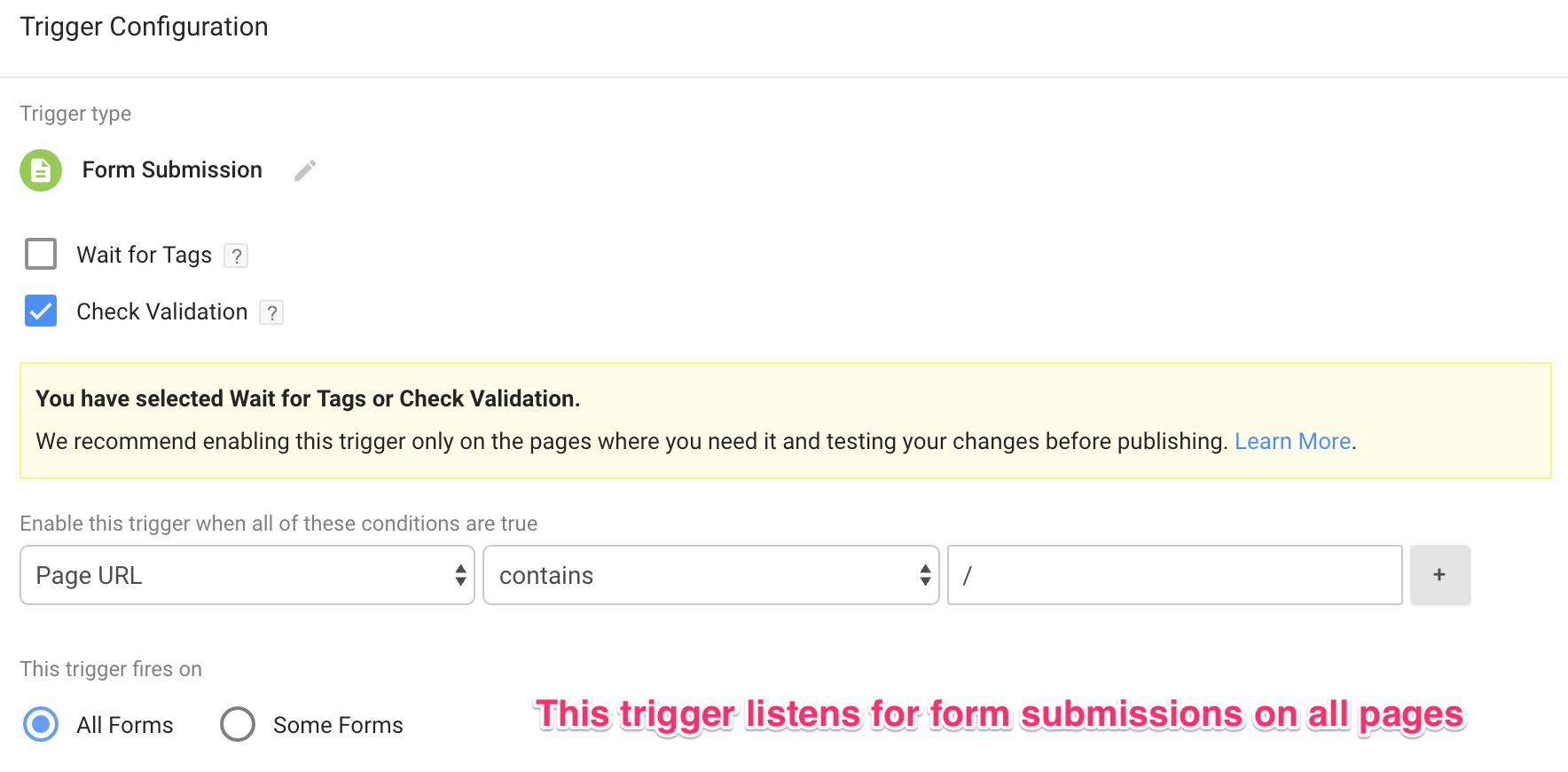Here’s an interesting and hacky use case for you. It’s all about uncovering bounce metrics for visits which originate from organic Google search results. In particular, the metric we’re interested in is how long user dwelled on the landing page after arriving from organic Google search AND returned to the search engine results page (SERP) using the browser’s back button.
The inspiration for this post came from an audience question at the Best Internet Conference in Lithuania, which I recently attended as a speaker.
